Antiques Roadshow guest leaves expert SPEECHLESS as he produces Dolly the cloned sheep’s fleece before discovering it’s HUGE value
An Antiques Roadshow guest left expert Cristian Beadman stunned after taking Dolly the cloned sheepskin for valuation.
In the latest episode, members of the public brought their worldly goods to Brodie Castle in Scotland, with one man revealing he was working on the famous science project.
Dolly was born in July 1996 at the Roslin Institute in nearby Edinburgh and her creation has been fundamental to stem cell research and ‘opened up previously unimaginable possibilities’ in biology and medicine.
Cristian was left speechless as he laid his eyes on the fleece in a cardboard box, as well as a selection of laboratory equipment.
The expert described Dolly as one of the most scientific steps of the 21st century and then asked the guest for more details.
Amazing: An Antiques Roadshow guest left expert Cristian Beadman (pictured) stunned after taking Dolly, the cloned sheepskin, for a valuation
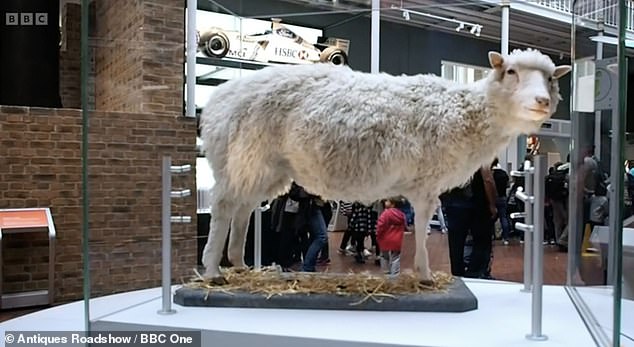
Incredibly, the latest episode saw members of the public take their worldly goods to Brodie Castle in Scotland, with one man revealing he was working on the famous science project (pictured)
Since her death in 2003, Dolly has been on display at the National Museum of Scotland in Edinburgh. Although she died twenty years ago, four identical clones of her are still alive
“My training at major London auction houses did not prepare me for this sort of thing,” Christian concluded, before doing his best to provide a valuation.
‘Her fur is especially important now, but will be crucial for science in the future.’
He continued, “These are museum pieces and hopefully one day they will end up in some kind of museum.”
Before finally telling the guest that the collection ‘could be in five figures’ and that he could expect to fetch up to £30,000 at auction.
It comes after another guest discovered the value of an old broken watch her father picked up from an army store for just £20.
The lady explained that she thought it was a World War II pilot’s watch and was relieved to discover she had been right.
Expert Richard Price explained that the item had actually been used by the Luftwaffe, the German air force, and would have had a large leather strap – which was now missing.
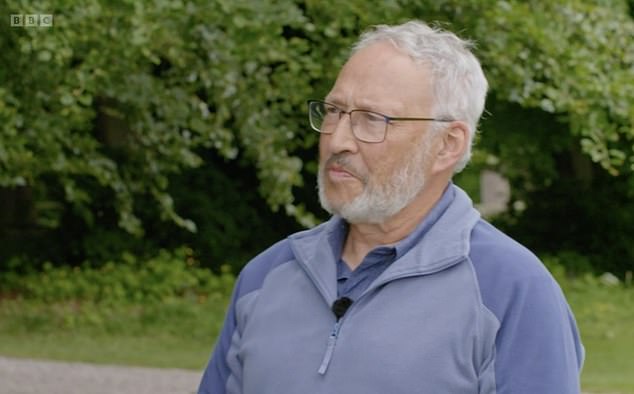
Guest: Dolly was born in July 1996 at the Roslin Institute in nearby Edinburgh and her creation has been fundamental to stem cell research and ‘opened up previously unimaginable possibilities’ in biology and medicine
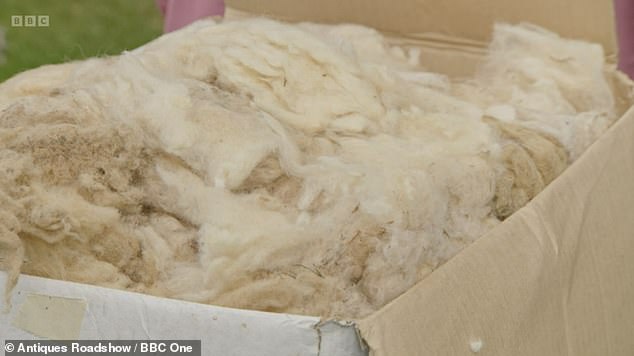
Shocked! Cristian was left speechless as he laid his eyes on the fleece in a cardboard box, as well as a selection of laboratory equipment
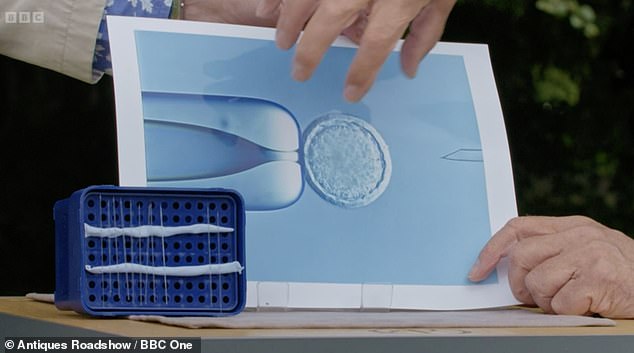
All ears: he described Dolly as one of the most scientific steps of the 21st century’, the expert then asked the guest for more details
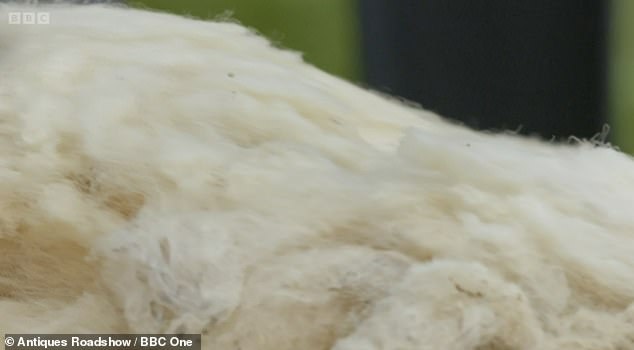
Big money! Before finally telling the guest that the collection ‘could be in five figures’ and that he could expect to fetch up to £30,000 at auction
Going on to say that if it were made by A. Lange & Söhne, a German company that supplied timepieces to the Nazis, it would significantly increase the price.
Then he opened the watch and said, ‘Joy of joy, it’s A. Lange & Söhne [all collectors] want to’.
Richard then concluded that the item was from 1941 and said that the reason it was so rare and in such high demand was because the company’s factory was bombed in 1945.
The lady, stunned by the news, said how her father had picked it up in Weymouth for £20 in the early 1970s and how he loved rummaging around in old shops.
Before you ask: ‘Was it a good buy?’
‘Quite a good buy,’ exclaimed Richard, ‘I think I’d be quite happy if I’d paid £20.’
He again referred to the ‘rarest items’ that ‘all collectors want’ before revealing it was worth between £8,000 and £10,000.
Completely shocked, the lady joked: ‘Maybe I won’t take him home [my father]’.
